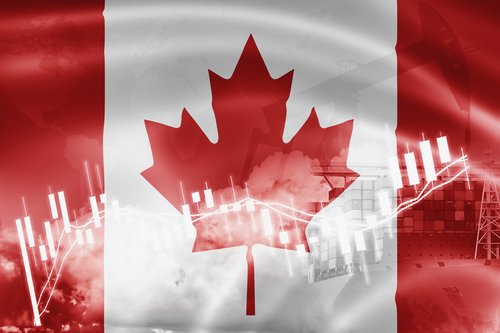TStrain
Follow these five steps to put an end to your financial fears

Scrap the narrative that you’re ‘bad with money,’ writes Lesley-Anne Scorgie, and channel your slow-and-steady inner tortoise.
Investors should consider these ideas before year-end to save tax

After-tax returns are the only kind that can be spent or reinvested. There’s still time before year-end to keep the tax man at bay for 2023. Consider these ideas.
When Should You Get Life Insurance?

When it comes to buying life insurance, younger is usually better
Homeowners on the brink face tough choice of selling home as mortgage payments climb

As more and more homeowners face mortgage renewals at surprisingly higher interest rates, some are facing the dreaded prospect of having to sell a home they can no longer afford. While that option may be on the table, there are steps financially stretched homeowners can take before putting a “For Sale” sign on their front lawn.
These five mindsets are costing you money. Here’s how to shake them

Reframing the narrative so that it’s kind and helpful to you instead of being discouraging is the first step, Lesley-Anne Scorgie writes.
How Much Coffee Is Too Much Coffee?

Coffee is linked with lots of health benefits, but most of the risks come from the caffeine.
Rebalancing your portfolio should always be top of mind

The most underrated and underappreciated aspect of financial asset management is rebalancing.
Want to Thrive? First, Learn to Fail.

Mistakes are inevitable, but we should embrace them, experts say.
‘We are just getting started’: the plastic-eating bacteria that could change the world

When a microbe was found munching on a plastic bottle in a rubbish dump, it promised a recycling revolution. Now scientists are attempting to turbocharge those powers in a bid to solve our waste crisis. But will it work?
Canadian economy to get ‘back on its feet’ next year, Deloitte Canada says

Canada’s near-term economic struggles will ease next year when growth returns and the Bank of Canada begins cutting its key lending rate, a new forecast from Deloitte Canada said.
